What is Weaponized Transparency?
How partisan warfare, fueled by public voting and open committees, drives animosity, polarization and closed rules in both the House and the Senate
A transparent amending process turns policy debate into campaign warfare. By opening up the congressional committees in the 1970s, reasoned debates quickly became political platforms for reelection. By broadcasting the action, the once closed-door sessions – focused on the minutiae of legislation – became a game of “meet-the-press.” Private conversations became heated public debates, highlighted by bombastic boasting and angry finger-pointing on hot button issues.
Worse, the moderators in open committees are self-selected. Because any member can propose an amendment, the angriest and least-powerful minority members are given a chance to raise Cain. They launch partisan political footballs. They write up endless amounts of bombs (messaging amendments). This means that in the Senate where there is no germaneness requirement, any bill can be sunk with ridiculous spending or abortion clauses.
Burned by this warfare, all members keep these ‘buncombe’ amendments, in their back pockets. They are prepared to file them as a form of defense or as a way to improve their polls. But the process is itself, the victim. This wafare eliminates compromise. It squeezes moderates, as disgruntled partisan back-benchers rise to the top, not by writing good laws, but by crafting amendments as tests of ideological purity. As a war on moderates, it drives both parties to the extreme. And it is the most important driver of congressional partisanship.
For an individual member caught in the fray, this means the amending process is now a time-suck and a minefield. These pitched battles, if left to continue, can suck up 90% of their time. Instead of a single bill to vote on, legislation is saddled with thousands of extra amendments a year – introduced only to flame and take eachother out. As a result, each member is forced to head down to vote far more frequently than before. And they are forced to go on record on hot-button issues like never before, as they vote on amendments written by the most disgruntled and least-powerful members, who are merely looking to score points by proposing idealistic and partisan amendments (designed to embarrass leadership or other members). While it brings the back-bencher attention in the polls it infuriates everyone else. It drives animosity and individualism.
Recently, this weaponized warfare has gotten out of hand. Some bills resembled ship hulls full of barnacle amendments. As a result, leadership has had little chocie but to close everything down. Indeed, in these battles, increasing potshots are levied at the top brass or the majority party. So leaderhip employs greater amounts of closed rules just to get anything done. The wording is peculiar because open rules do not imply transparency, instead they suggest that members are free to offer amendments. And closed rules are the opposite. It doesn't imply secrecy, instead it means that members are not allowed to offer amendments ore participate in the process. Legislation is therefore written in secrecy in the party caucuses, a direct result of the warfare created by the sunshine. Of course, this curtails the democratic nature of the process. And it curtails the ability of well-meaning rank-and-file members to participate in the process. But, what choice does leadership have? An open process leads to endless warfare. Thus, weaponized transparency leads to the rise of closed rules in the House and has many similar analogs on the Senate side – filling the tree, motions to table, cloture filings, filibusters and other pernicious activities - like omnibus.
Underappreciated by scholars and the press, weaponized transparency is the most pernicious result of increased openness in Congress. It is the principle driver of partisanship, gridlock and chaos. And it is readily manipulated by special interests. See our citations page for hundreds of examples.
By D’Angelo, Ranalli & King – Upcoming paper March 2021
By January 1973 the House had substantially revamped floor voting procedures. The most obvious result was an avalanche of floor amendments.Steven Smith 1989 – Call to Order
An Introduction to Weaponized Transparency
Weaponized transparency is the warfare enabled by simply making the actions of legislators public. And yet, just as few scholars are aware of the 1970 Legislative Reorganization Act, even fewer are aware of the treacherous consequences of opening the legislative process. This problem of weaponized transparency is an important oversight with respect to the understanding of the massive rise in partisanship, closed rules, cloture votes and gridlock.
Despite the blind spot, some scholars have done excellent work in this area, and we have collected hundreds of citations on this topic. So while the problem was first observed over a hundred years ago (and referred to as a 'buncombe amendment'), in political science literature, the problem of weaponized transparency is first introduced systematically by scholar Steven Smith in chapter 2 of his 1989 book Call to Order. Smith claims that the startling 1970s rise in amending (“an avalanche of floor amendments”) can be attributed directly to the legislative warfare created by the transparency of roll call voting and the introduction of the electronic voting boards. Further, Smith and others (including us) argue that the ability to weaponize amendments has driven partisanship, chaos and enmity. Indeed, the open/recorded voting has forced leadership's hand. Terrified of the avalanche of weaponized amendments, leaders have been forced to increase the use of closed and special rules – or in the Senate’s case, close down the process through other means like delivering legislation to the floor at the last minute, in an omnibus bill, filing for cloture (which forces all subsequent amendments to be germane), employing the motion to table amendments, or with the amendment tree already filled.
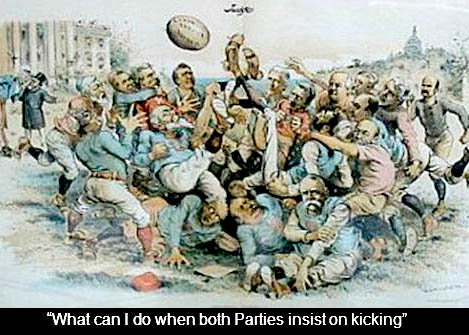
Partisan Football - President Harrison 1889

Partisan Football - President Harrison 1889
It should be noted, however, that no scholar gives this problem as much attention as Dr. Frances Lee in her 2016 book Insecure Majorities. Lee’s entire book appears dedicated to the partisan warfare in Congress, which is initiated by the minority (opposing) party to the detriment of both parties and final legislation – leading to a major time suck – as well as a massive decline in respect for the institution. There are important citations and observations on almost every page. And while Lee refers to this weaponized transparency as ‘messaging,’ it is difficult not to notice the war-like behaviors that legislators engage in through the amending process.
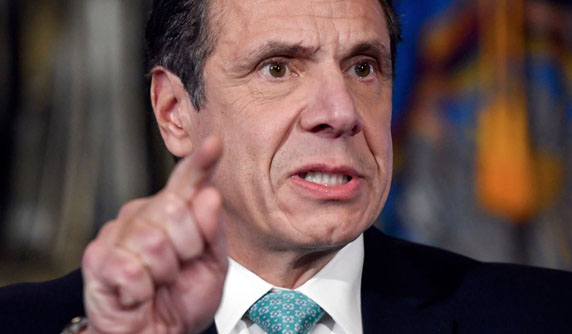
Anger, Blaming, and Weaponizing

Anger, Blaming, and Weaponizing
Note: because of the lack of scholarly attention to this topic, there is no consensus on the lexicon. Thus, important search terms are words like: symbolic, show votes, message votes, November amendments, buncombe, litmus test amendments, partisan votes, bomb throwing, poison pills, embarrassing amendments, difficult votes, position-taking amendments, forced to vote on record, put-them-on-the-spot amendments, plundering schemes, postcard votes, political footballs, wedge issues, and in once case ‘grandmas versus tanks’ amendments,etc.
Strangely, however, while a number of scholars (cited below) fully appreciate this pernicious gamesmanship and legislative warfare, they are seemingly unaware of Smith’s 1989 work, where he clearly lays out how this warfare is driven almost entirely by the transparency reforms of the early 1970s. Indeed, this warfare cannot exist without the transparency, as there would be little point in offering a weaponized/torpedo amendment if the resulting votes were not made public, as a non-recorded vote on the amendment would no longer cause anyone any harm.
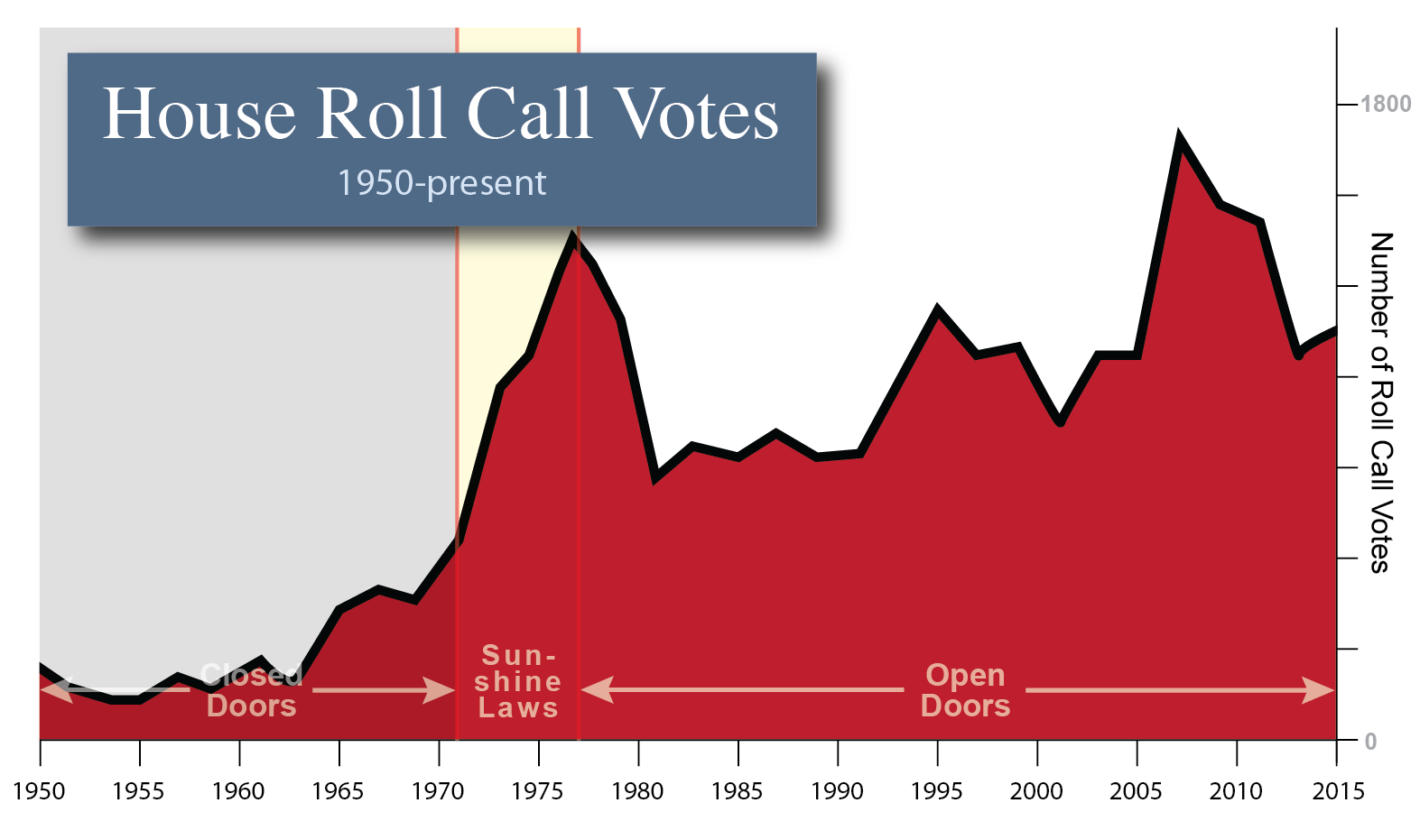
Rise in Roll Call Votes

Rise in Roll Call Votes
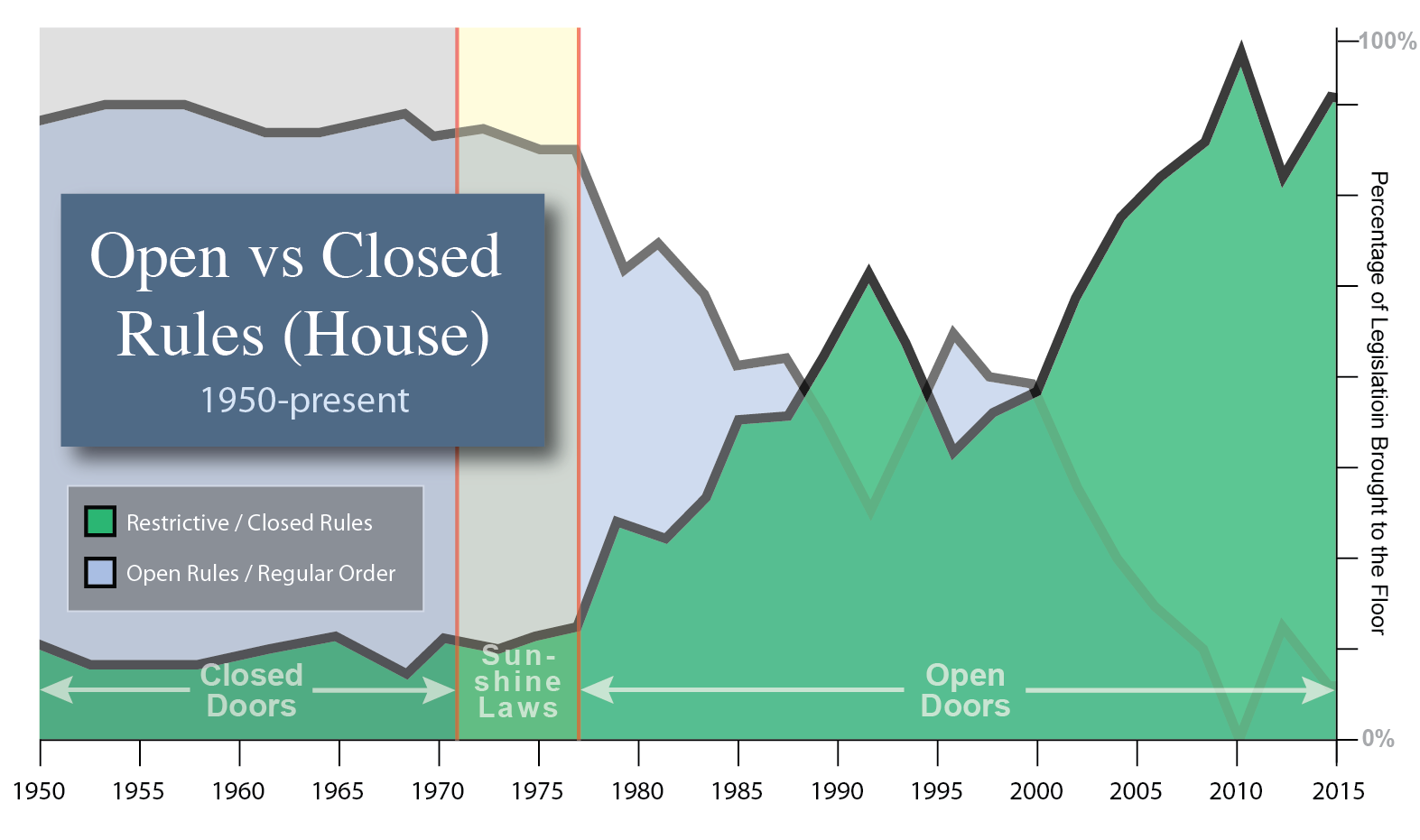
Rise in Closed Rules

Rise in Closed Rules
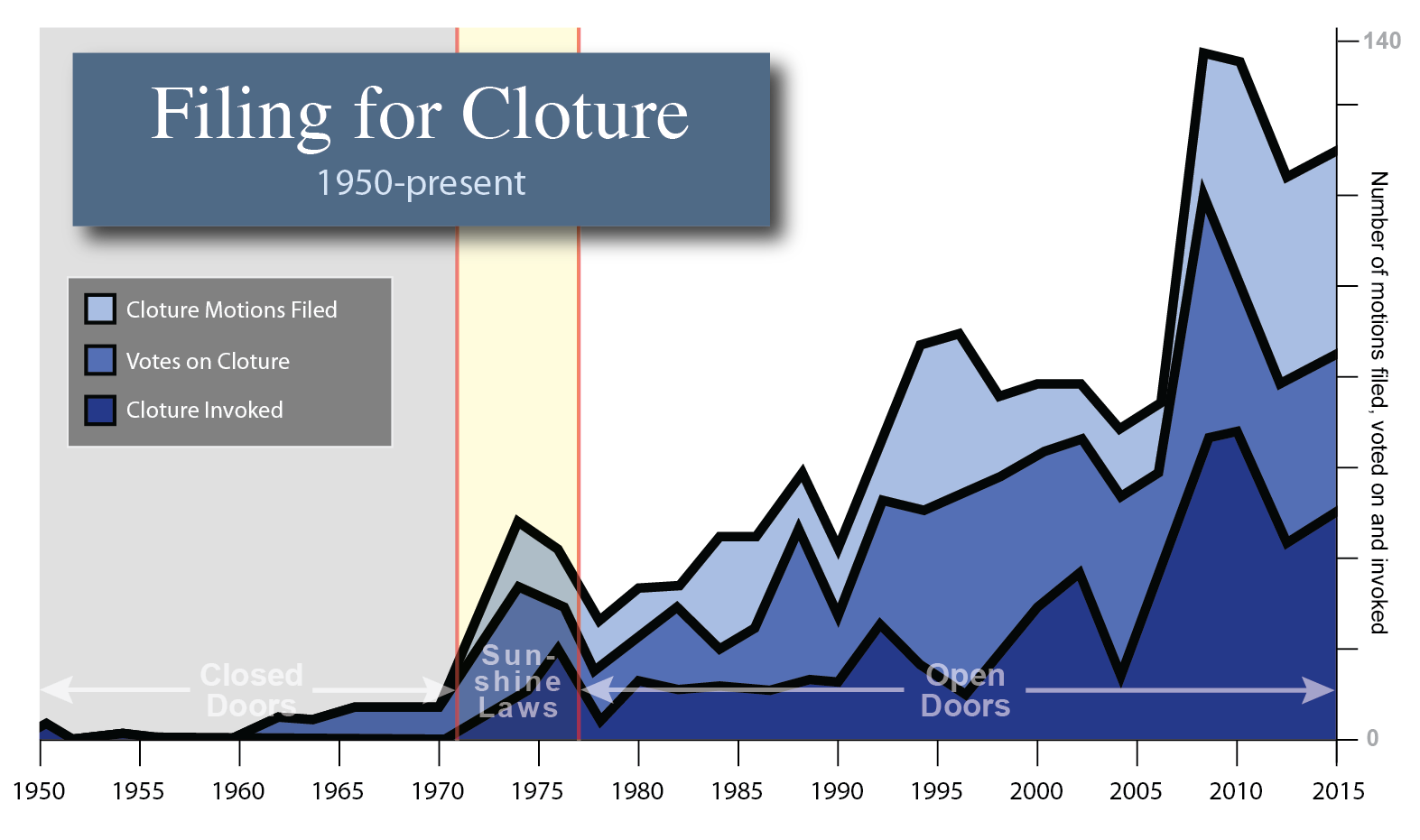
Rise in Cloture Motions

Rise in Cloture Motions
Click here to browse hundreds of academic citations on this topic.

